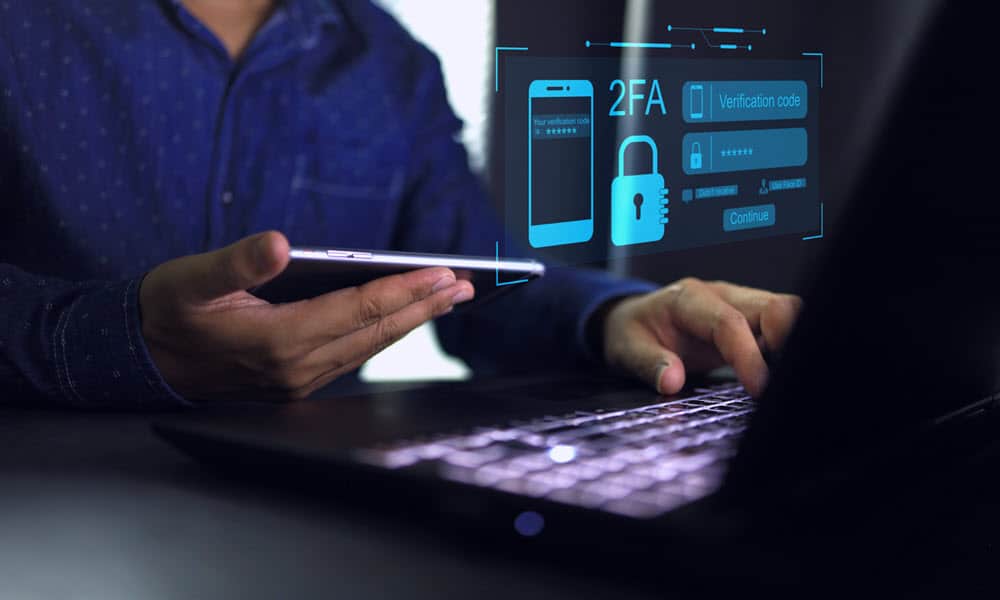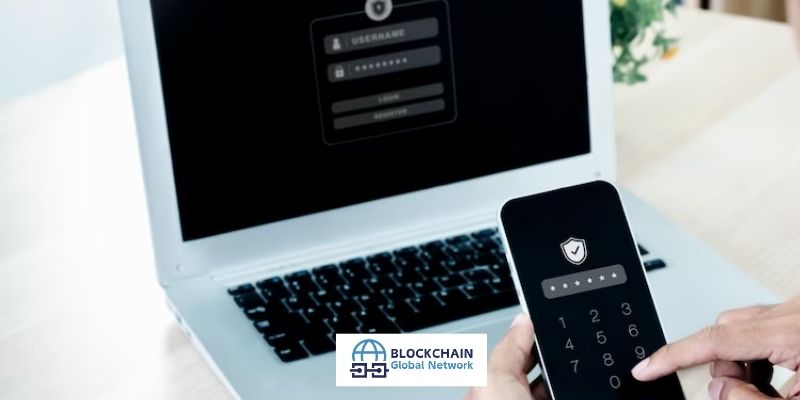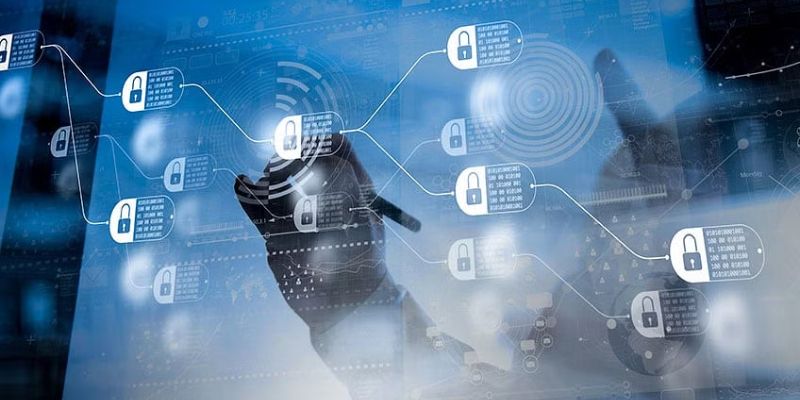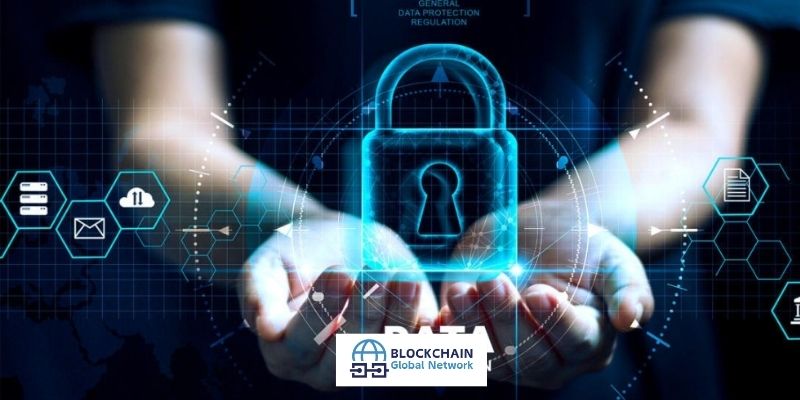With cyber threats lurking around every digital corner, how to enable 2FA on crypto wallets becomes a must-know for every crypto enthusiast. Up your security game effortlessly and keep your digital treasures safe from hacks. Think of 2FA as your personal crypto guardian; it’s easy to use and tough on crooks. Stick with me, and I’ll walk you through the essentials, from choosing the right method to a foolproof setup. Let’s lock down your assets and give you peace of mind.
Understanding the Basics of 2FA on Crypto Wallets Security
The Importance of Enabling 2FA for Crypto Wallets
Keeping crypto safe is key. You must use something called 2FA. It stands for “two-factor authentication”. This adds an extra step to logging in. It’s like a double lock for your digital coins. Without 2FA, hackers may break in with just a password. But 2FA asks for more proof that it’s really you trying to get in. This makes your wallet much harder to hack.
Different Types of 2FA Methods: From Google Authenticator to Hardware Tokens
Did you know there are many kinds of 2FA? Each type has its own strength. Some use special apps like Google Authenticator or Authy. You get a code that changes every so often. You need this code to log in. Then, there are texts (SMS) that send codes to your phone. Another way is email. It sends a code to your email to check it’s you.
But wait, there’s more! Some folks use things called hardware tokens. YubiKey is one kind. It’s a physical key that you plug into your device. No key, no entry – it’s that simple. Then, there is biometric 2FA. That uses your fingerprint or face. Your body becomes the key! Cool, right?
Now, let me tell you about setting up these methods. It can be easy! Most times, you start by going to the security settings of your wallet. Choose to turn on 2FA. Pick the method you like. You might scan a QR code if you’re using an app. Or enter your phone number for SMS. Some wallets may want you to write down backup codes. Keep these safe! If you lose your phone or your key, these codes will save you.
You may think, “What if I lose my backup codes?” No worry! There’s a way to get back in, called “crypto 2FA recovery process”. It makes sure you can still access your funds. Each wallet has its steps for this. You can check their help guide for directions.
Remember, not all wallets are the same. They come in types like mobile, desktop, or hardware. Each type may have a different way to turn on 2FA. You’ve got to look at your wallet’s type and set it up right.
Why not just stick with passwords? Well, 2FA is way stronger. A password alone is not enough these days. You need that extra step. It can stop phishing attacks too. Hackers trick you into giving your password. But with 2FA, they’d still need your second factor. It’s a game-changer.
In the end, 2FA can be the hero that saves your crypto from villains. It might take some extra steps to log in. But trust me, it’s worth it for peace of mind. So, go on. Beef up your wallet security. Turn on that 2FA!
Step-by-Step Guide for Activating 2FA on Your Crypto Wallet
Setting Up Authentication Apps for Enhanced Protection
Enabling 2FA on digital wallets starts with choosing an app. Authentication apps like Google Authenticator and Authy are popular. They generate codes that change every 30 seconds. Let’s dive in.
First, open your crypto wallet and find the security settings. Look for “2FA” or “two-factor authentication.” It’s often under the “account” or “security” tab. Next, choose the authentication app option. Your wallet will show a QR code. Open your app and scan this code with your phone. This links your wallet to the app.
After scanning, your app will show a six-digit code. Enter this on your wallet to finish linking them. Each time you log in, you’ll open the app to get a new code. Punch that code into your wallet for an extra layer of safe-keeping.
Incorporating Backup 2FA Codes and Recovery Strategies
Life happens. Phones get lost or break. That’s why getting backup codes for your wallet is key. When setting up 2FA, look for “backup codes.” Write them down and store them safe. Not on your phone or computer.
Sharing these codes is a no-go. They’re your last line of defense to get into your account if tech fails you. Tech can’t solve everything, but planning can. Without these codes, you might be locked out for good.
Many wallets offer a recovery process. If you lose access, they might need ID proof or a selfie. This proves you’re you. They might send an email or text with a temporary code too. Some wallets use hardware tokens like YubiKey. You plug these into your computer for access. They’re like a backup key for your wallet.
All these steps keep your crypto safe. Bad actors are always looking. Always aim for the strongest 2FA your wallet supports. Software or hardware, it’s your crypto’s shield. Crypto wallets are like castles. Your coins, the treasure. 2FA is the moat and drawbridge. Strong and always up.
Remember, keep those backup codes hidden but handy. Keep your app updated. And never share your 2FA codes. This is your path to stress-less crypto life.
Choosing the Right 2FA Method for Your Wallet Type
Comparing Mobile, Desktop, and Hardware Wallet 2FA Features
When it comes to crypto, tight security is a must. Different wallets have unique needs. Mobile wallets offer on-the-go use. They work well with 2FA apps like Authy or Google Authenticator. This adds a layer of security to your regular password.
Desktop wallets sit on your computer. They can use the same 2FA apps as mobile wallets. Yet you might not always have your phone by your side. So having a backup method, like email or SMS 2FA, makes sense.
Hardware wallets are like vaults for your crypto. They store your coins offline. They’re super safe and often have built-in 2FA features. These might need an extra step, like pressing a button, to confirm transactions.
Enabling 2FA on each wallet type starts with the same step. Find the security settings in your wallet. Choose to turn on 2FA. Then, follow the prompts to link your chosen method. Make sure to save backup codes. You’ll need these if you lose access to your 2FA device.
Software vs. Hardware 2FA: Tailoring Your Choice to Risk and Convenience
Picking between software and hardware 2FA depends on your lifestyle. If you’re always online, an app might be easiest. Google Authenticator or Authy can send you a code with just a tap.
But if you want to keep your crypto locked down tight, hardware 2FA is best. Devices like YubiKey can’t be hacked as easily as a phone might be. It takes an extra step, but it’s worth it for peace of mind.
Many people ask, “Isn’t my password enough?” The short answer: No. Passwords alone are risky. They can be guessed or stolen. 2FA adds another check. It makes sure you’re the only one getting into your wallet.
How you set up 2FA can vary, but the goal is always safety. A thief might crack your password. But without your phone or hardware token, they can’t get far.
Which method is right for you? Consider this. Do you want the ease of a software app or the ironclad safety of a hardware token? Your crypto is valuable. Protect it with the best 2FA method for you.
Getting set up may take a few extra minutes now, but it’s a step that could save your crypto from thieves later. Always weigh the trade-off between risk and convenience. In the world of cryptocurrency, better safe than sorry is the golden rule.
Remember, in the digital age, security is your sword and shield. Choose your 2FA method wisely and guard your digital treasure with the might of today’s technology.
Advancing Your Crypto Account’s Defense Against Threats
The Role of 2FA in Phishing Protection and Secure Transactions
Strong defenses will help you win most battles. By enabling 2FA on your digital wallets, you put up a tough fight against hackers and thieves. 2FA stands for two-factor authentication. This means besides your password, you use another check to prove it’s really you. Think of it like a secret handshake. Your crypto is safer because of this extra step.
Imagine this: Someone tries to get into your account. They have your password but they’re missing your second key. That’s where 2FA shines. It could be a code from an app like Google Authenticator, a text message, or even your fingerprint. Crooks are stuck. They might have one key but they’re one step short from getting in.
Now, phishing. That’s when bad actors trick you into giving up your keys. They may look real but they’re after your coin. With 2FA, even if they snatch your password, they’re still locked out. Your crypto stays in your pocket, not theirs.
Enabling 2FA on your wallet isn’t tough. You’ll pick from methods like texts, emails, apps, or even biometric data like your fingerprint. Using an app for generating codes. This is often safer than SMS, which can be intercepted. After you pick, the wallet gives you a QR code or a setup key. Scan it with your app or input the key, and just like that, your wallet’s defense level goes up.
Real-life Scenarios: OTP Generation and QR Code Implementation
One-time passwords (OTP) are like secret notes that change every time. You get them when you sign in to keep your crypto safe. They’re quick and simple, sent to your phone or made by an app. For example, you’ll open an app like Google Authenticator, it shows you some numbers, and you type those into your wallet login.
QR codes make setting up a breeze. You scan a code with your phone, and your 2FA app sets itself up. No confusion, no mess, just a quick scan and you’re set.
Keep backup codes in a safe place too. If your phone takes a swim, these codes will be your life raft. With them, you can get back into your wallet without missing a beat.
Hardware tokens are another guard you can use. Devices like YubiKey work by getting plugged in or tapped to confirm it’s you. No charging, no fuss, just plug and play security.
Some folks ask me, “Is setting up 2FA a sure thing?” No castle is unconquerable, but 2FA is like having archers on your walls. It’s a strong layer that wards off most foes aiming for your treasury.
Remember, quick logins are neat, but in the world of crypto, taking the time to secure your account is a trade that pays in peace of mind. Your future self, counting your digital gold, will thank you for setting up that simple yet mighty shield we call two-factor authentication.
In this post, we dug into 2FA, a key step in securing your crypto wallet. We looked at why 2FA matters and explored options like Google Authenticator and hardware tokens. I walked you through setting up 2FA and stressed the need for backup codes.
Next, we compared 2FA across different wallet types and weighed the pros and cons of software versus hardware solutions. Remember, the right choice blends security with ease of use.
Finally, we touched on how 2FA shields you from phishing and helps in secure trading. We dove into one-time passwords and QR codes too. Stay updated with the latest insights by visiting Blockchain Global Network. Click here to explore more!
Q&A
- How do I set up two-factor authentication on my cryptocurrency wallet?
Two-factor authentication (2FA) adds an extra layer of security to your cryptocurrency wallet. To enable it, you usually start by going to the security settings in your wallet application. From there, you can choose to enable 2FA, often using a mobile app such as Google Authenticator or Authy. The app will then provide you with a unique, time-sensitive code to use in addition to your password whenever you log in or perform secure actions.
- What types of two-factor authentication can I use for my crypto wallet?
For your crypto wallet, you typically have several 2FA options. The most common include SMS-based verification, where a code is sent to your mobile phone, an authenticator app that generates temporary codes, or even a hardware token that you must physically plug in or have near your device. Each type has its benefits regarding convenience and security, so it’s important to choose the one that best fits your needs.
- Why should I enable 2FA on my cryptocurrency wallet?
Enabling 2FA on your cryptocurrency wallet is crucial because it significantly increases the security of your assets. It protects against unauthorized access resulting from compromised passwords by requiring a second factor that only you possess, reducing the risk of theft from hackers. Given the monetary value and the typically irreversible nature of crypto transactions, bolstering security with 2FA is considered best practice.
- Is two-factor authentication foolproof for crypto wallets?
While 2FA greatly enhances security, no system is completely foolproof. However, the chances of someone gaining unauthorized access to your wallet are much lower if you use 2FA. It’s important to remain vigilant for phishing attempts and ensure that your recovery codes for 2FA are stored securely, as losing access to your 2FA method can lock you out of your wallet.
- How do I recover my crypto wallet if I lose my 2FA device?
Losing your 2FA device can be worrying, but most wallets provide a way to recover your account. Typically, during the 2FA setup process, you will be given backup codes or a recovery phrase; make sure to store these securely and offline. If you lose your device, you can enter one of these codes or use the recovery phrase to regain access to your wallet. If you haven’t saved any backup methods, you’ll need to contact the wallet’s support team for assistance.






RELATED POSTS
Blockchain Breakthroughs: Blockchain Trends And Predictions In Financial Services
Discover the latest trends and...
How does blockchain increase transparency: How Delivers Transparency
How does blockchain increase transparency?...
Hot Wallets vs Cold Wallets: Securing Your Crypto Fortress
Secure your cryptocurrency with hot...
Stablecoins Demystified: Your Ultimate Guide to Digital Currency Stability
What are stablecoins? Understanding different...
Blockchain For KYC/AML: Streamlining Compliance For The Future
Blockchain for KYC/AML: Revolutionizing compliance...
Unveiling the Future: Benefits of blockchain transparency
Enhance trust & transparency with...
How does DALLE work? A Comprehensive guide to AI Art generation
How does DALLE work? This...
Blockchain Revolution: Blockchain Use Cases In Financial Services
Explore how blockchain is revolutionizing...
What is a double-spending attack? How Safe Are Your Digital Transactions?
What is a double-spending attack?...
Blockchain Breakthrough: How can blockchain improve patient data security
How can blockchain improve patient...
Impact of Regulations: Elevating or Encumbering Security Standards?
The Impact of Regulations on...
What is blockchain security?Is Your Digital Fortress Unbreachable?
What is blockchain security? Explore...
Custodial vs Non-Custodial Wallets: Which Secures Your Crypto Best?
Custodial vs Non-Custodial Wallets: Understanding...
Impact of Blockchain on Education: Unlocking Revolutionary Learning Potential
Discover the impact of blockchain...
Decentralized Student Data Ownership: Can Blockchain Revolutionize Education?
"Empower students with blockchain: Decentralized...
Who Invented Blockchain? Unraveling the Mystery Behind the Tech Revolution
Who invented blockchain? Unveiling the...